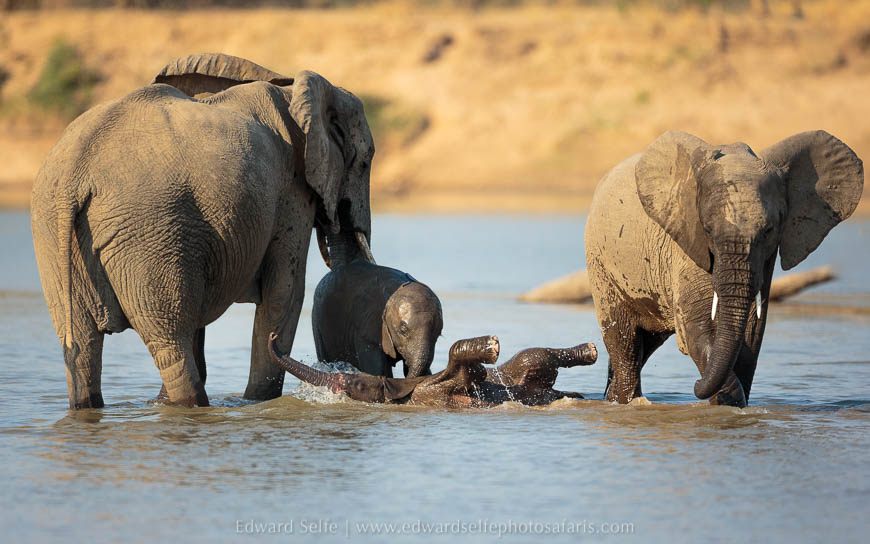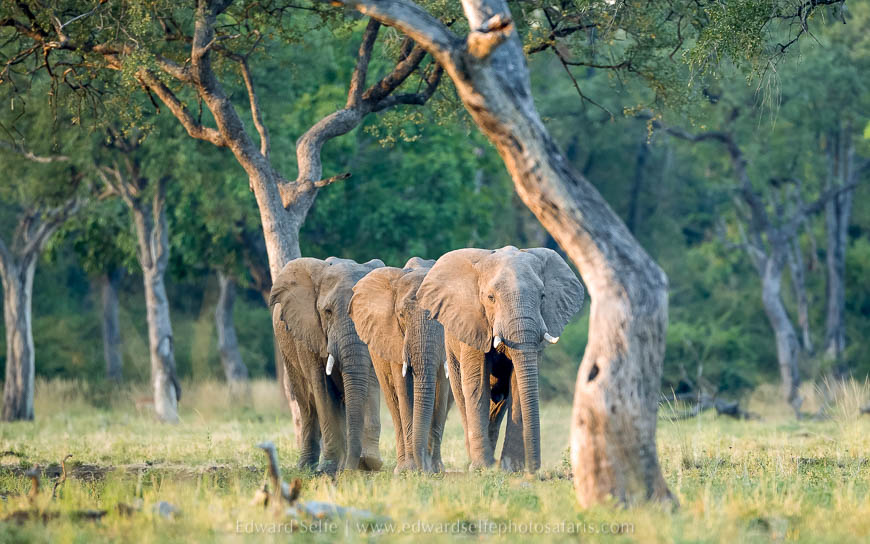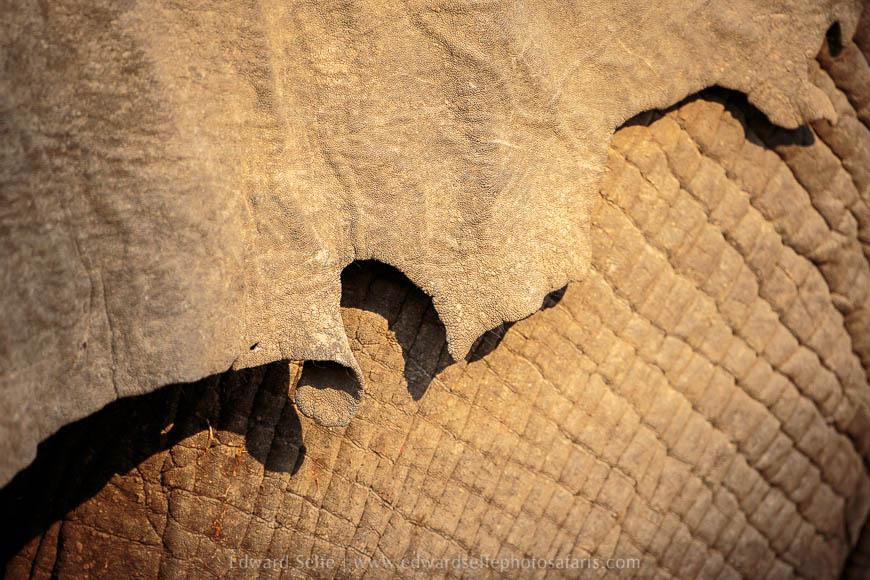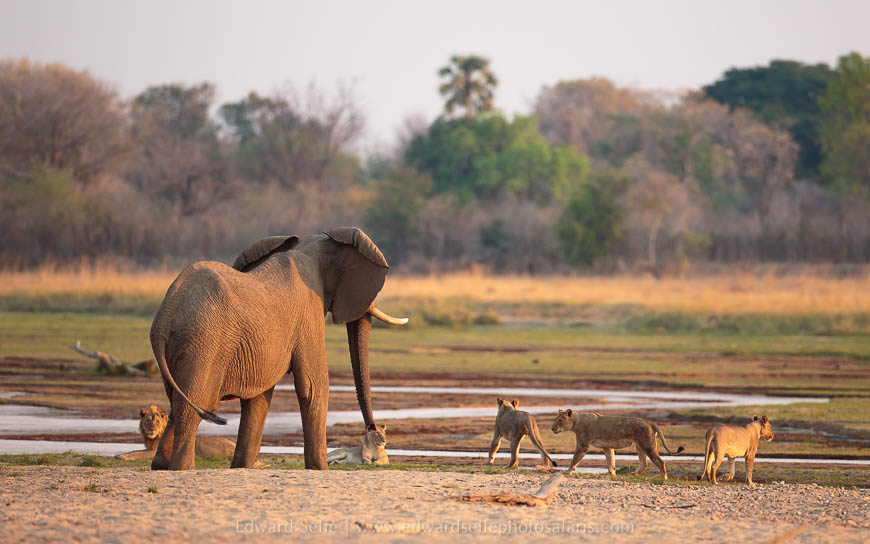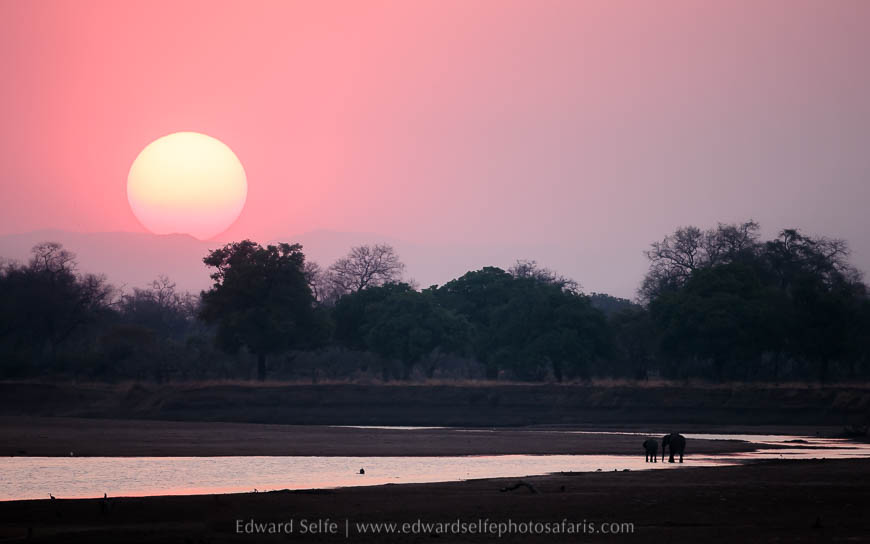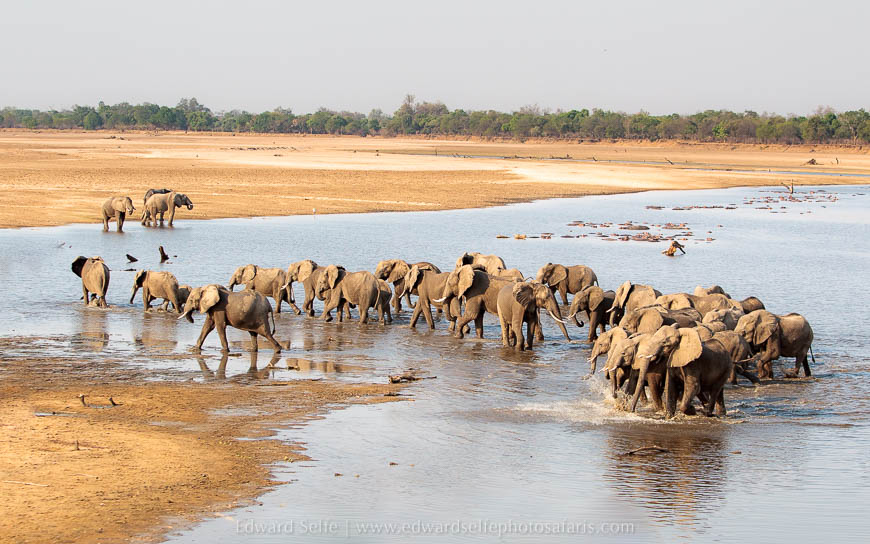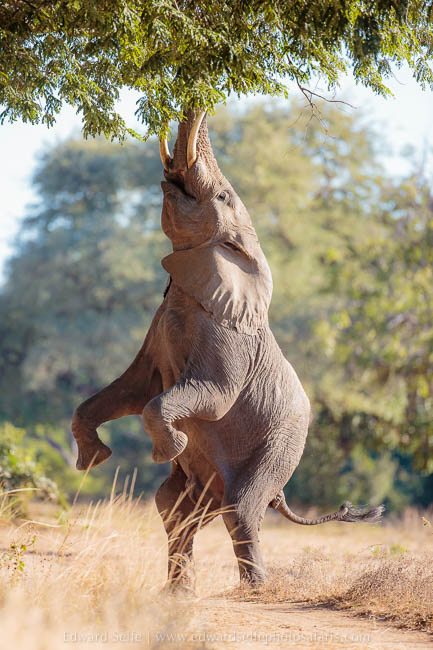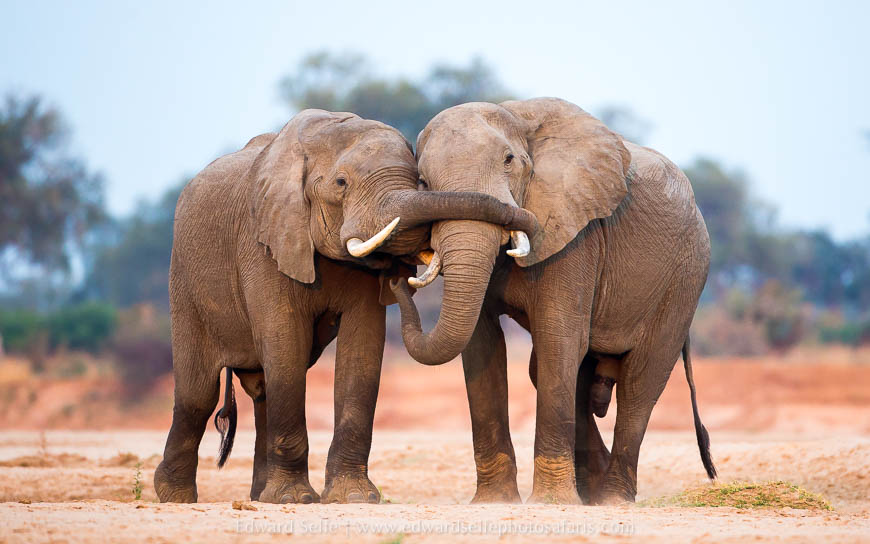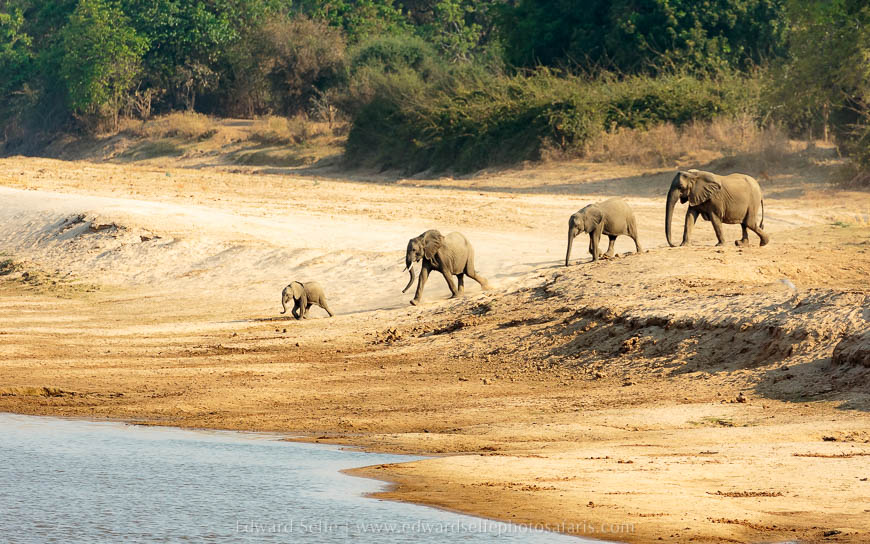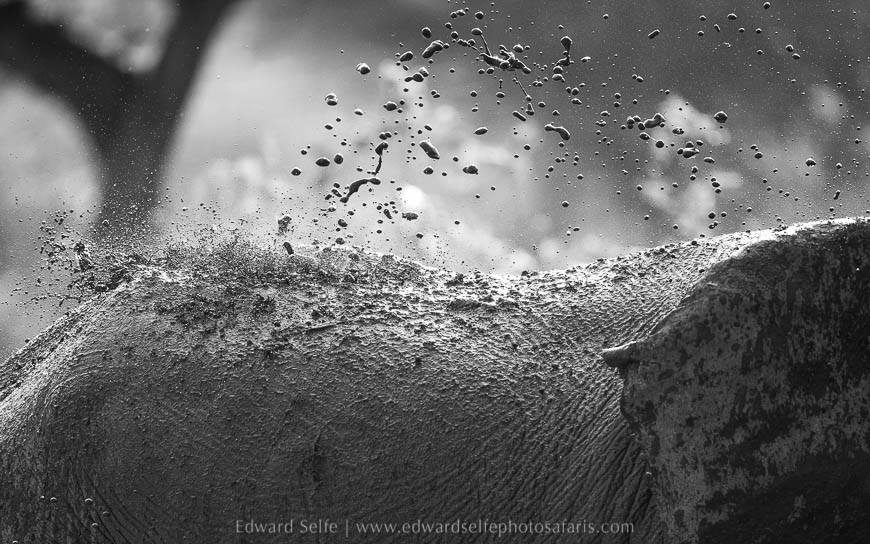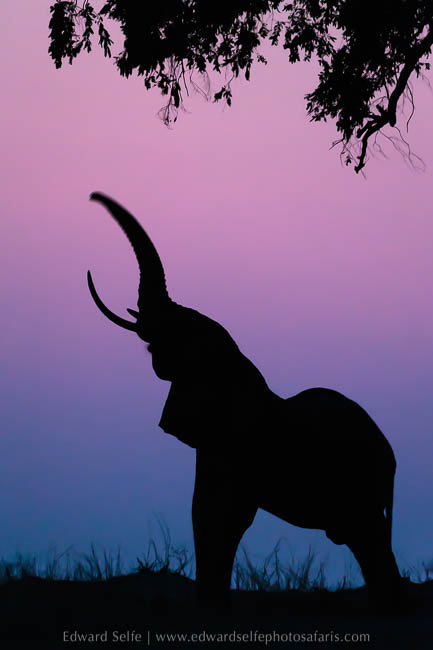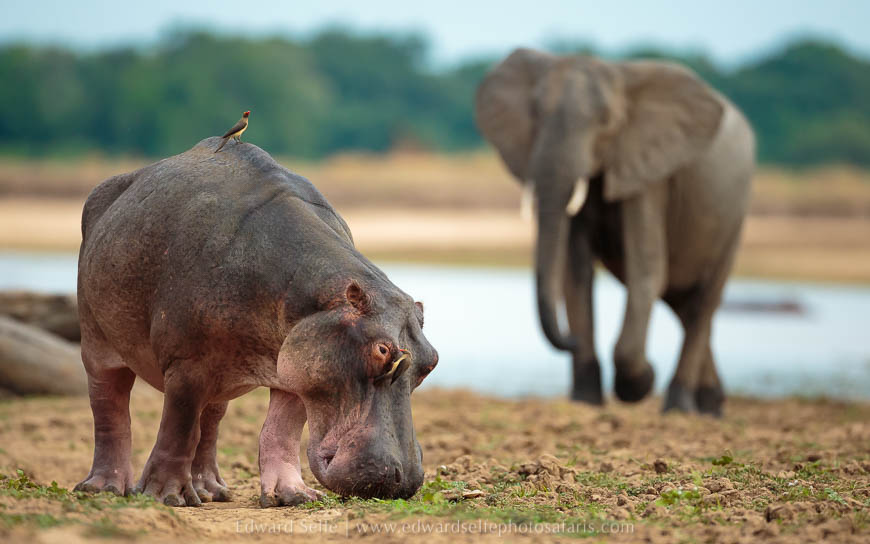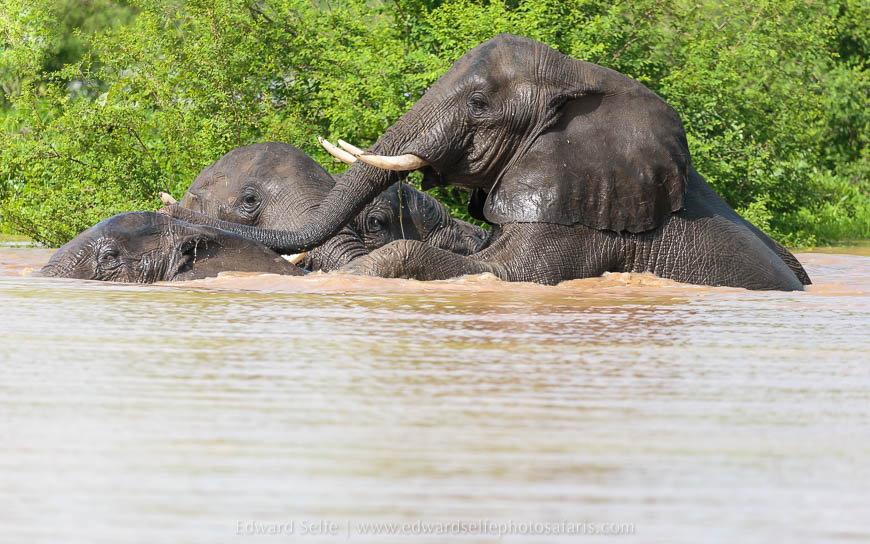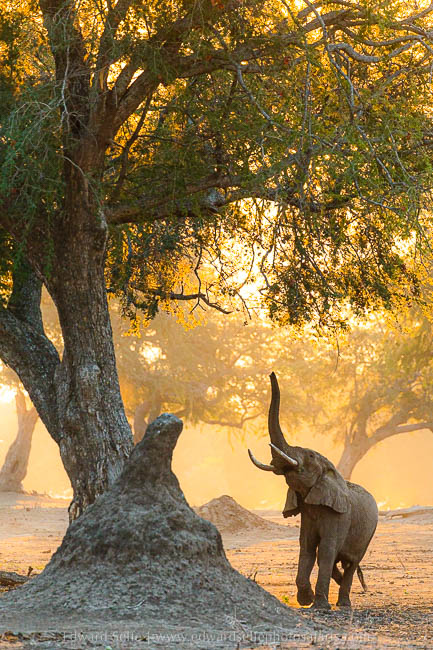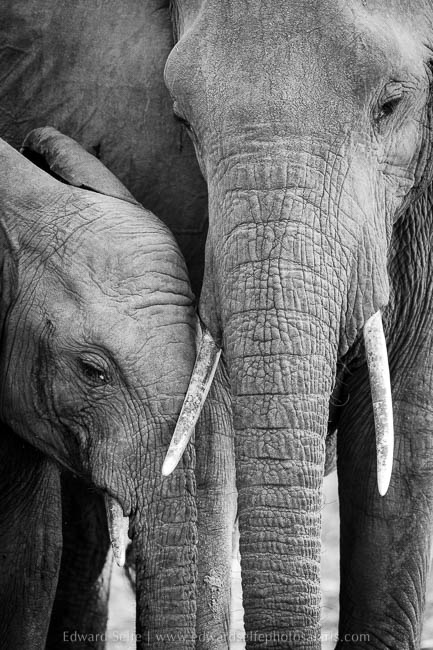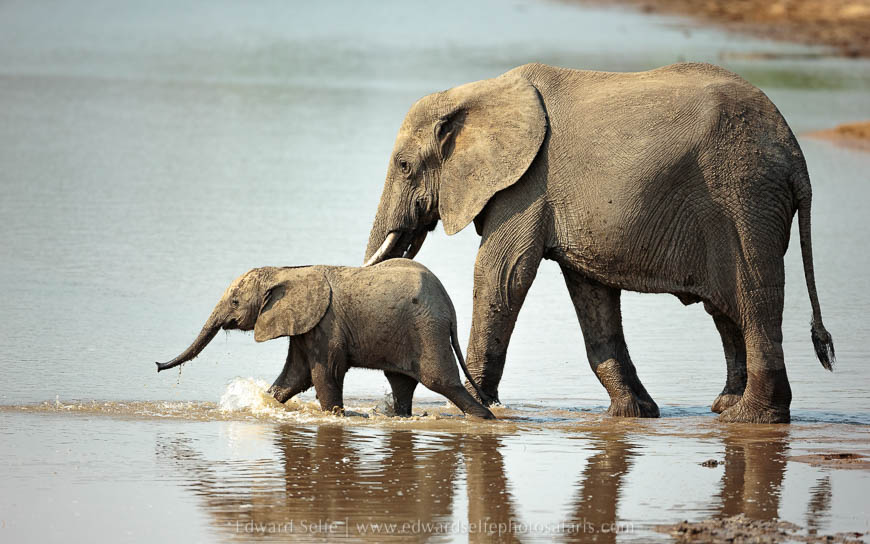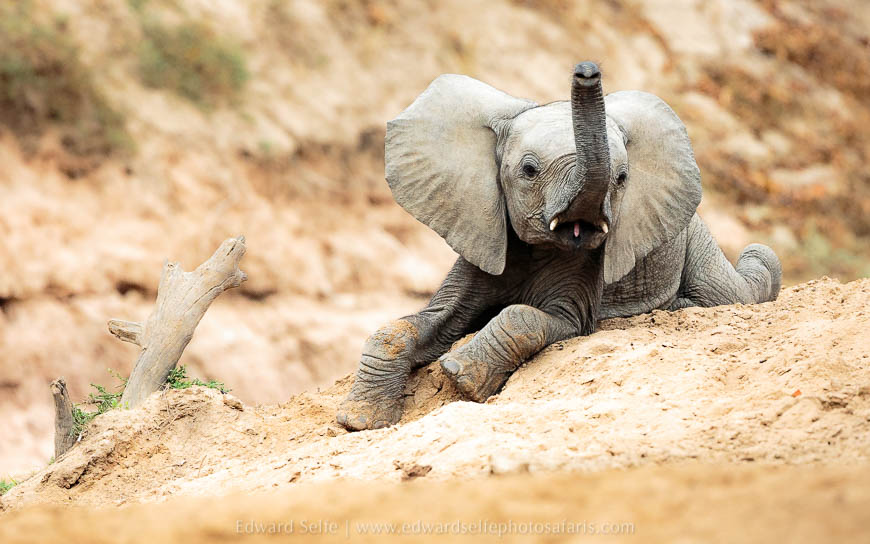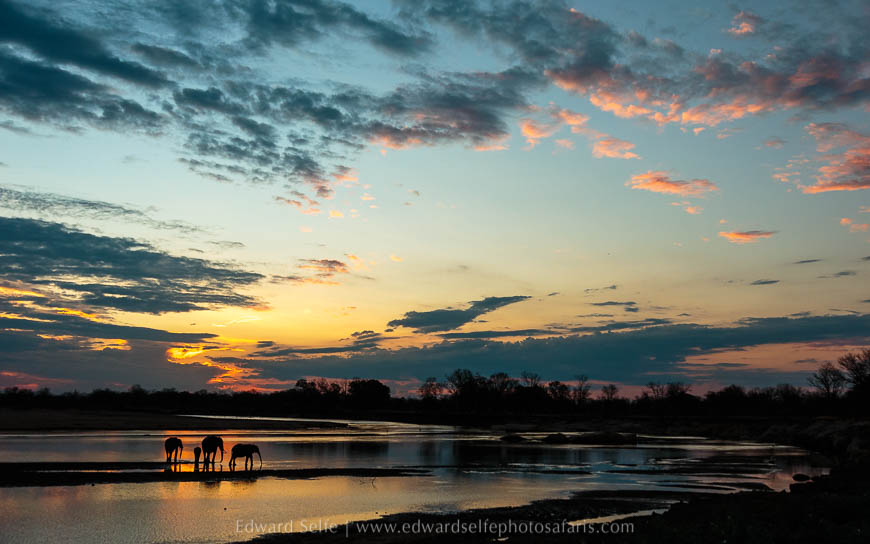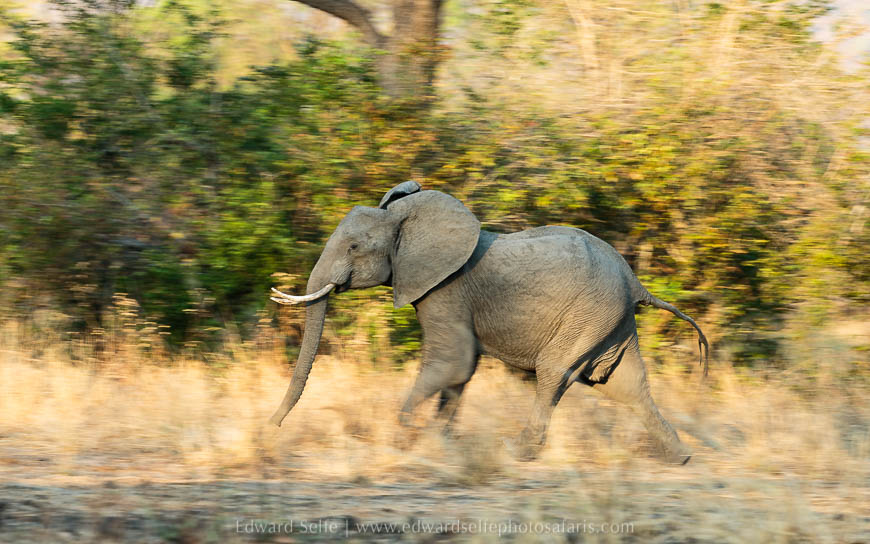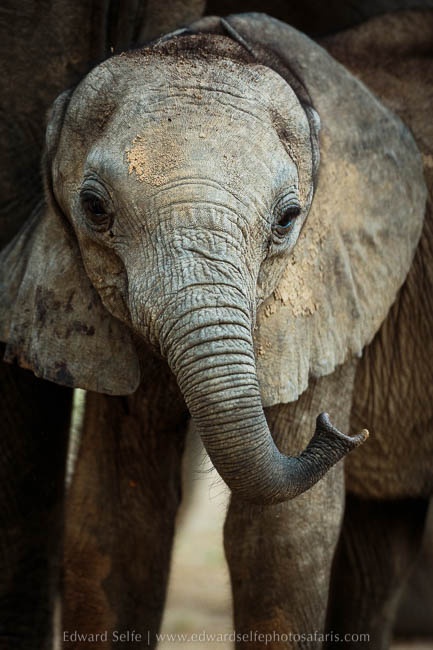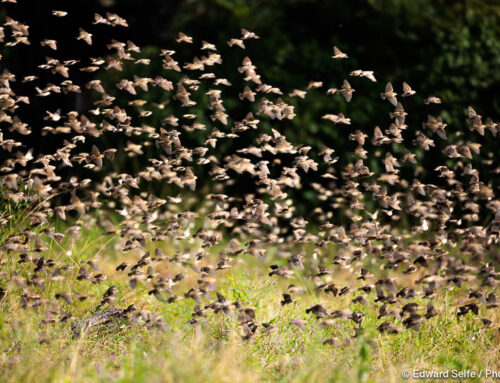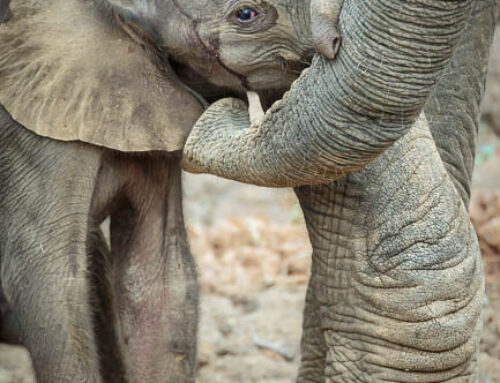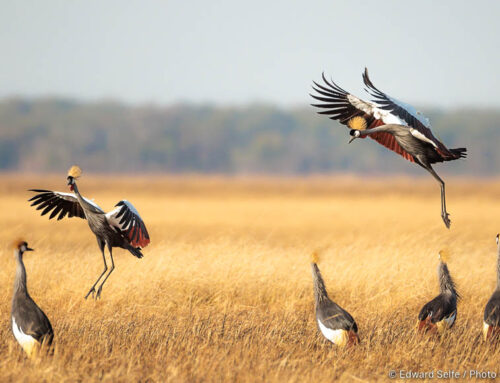The world is currently full of concerns about corona virus, and rightly so. It is a threat to the stability of the world system, even though, at this stage, it is hard to know exactly what the implications will be. Everyone has their own risk profile so will decide how to respond; I feel lucky that I am in a low-risk age and health category, that I live in a place where there has been low infection and that we live outdoors much of the time so transmission is likely to be low. But this may not be the case for much of the world.
One of my biggest concerns about the virus is whether it will have a disproportionately large impact on the travel industry in Africa. Wildlife tourism is a crucial and sustainable method of protecting habitat and wildlife across the world; in Africa, where human population growths are among the most rapid globally, tourism brings income which allows people to thrive without the need to live off the land. This is a simplification, clearly, but the general causal effect is accurate.
There seems to be a massive slowing in the rate of infections in China where the virus started, suggesting that the virus has peaked there, and indicating the virus follows a predictable bell-curve shaped cycle as many others have done in the past. I very much hope the this is the case. In honour of wild animals, many of whose future is bound up in the success of wildlife tourism, I would like to offer a selection of my favourite elephant images that document so many happy encounters with these most important of wild creatures.

An elephant family splash in the shallow water of the Luangwa River on a hot, dry season day.
A favourite image of many years ago – 3 giants amble through the mature forests of Luangwa on their way to the river.
Just occasionally, we can get so close to elephants that body parts fill the frame.
Reminding the King of the Jungle that his crown is not always secure.
Mother and calf enjoy a welcome drink as the sun sinks behind the dusty hills on a sweltering October afternoon.
Held up by lions resting on the river bank, several elephant herds congregate and try to make the collective decision to cross through the water.
Mimicking the famous elephants of Mana Pools who rear up on a daily basis, this young bull used his superior height to reach the upper branches of a wild mango tree.
A boisterous wrestle, blended with that unique elephant greeting of placing the trunk in another’s mouth.
Rushing for water across a beautifully-shaped river bank.
Mud spraying in action, from close enough to risk getting mud on the front of the lens!
In the last light of evening, the pink and purples of sunset offer a clean background for a silhouette of a bull reaching for the high branches of an African ebony tree.
Even in the distance, the bulk of an elephant eclipses that of a hippo leaving the water at sunset.
During a Luangwa flood period, this scene was just a couple of hundred meters from my house.
Walking with big game is always a special feeling, and never more so than with elephants. This bull approached us through the fiery backlit dust of late dry season. A sideways movement from me and my guests placed us in the perfect spot to catch his stretch for the tree.
Close bonds are key to elephant society; when resting, herd members are often in contact with each other.
A brave and inquisitive youngster tests the water.
Playing in the dirt is always a fun alternative to standing around while the rest of the herd drink from the waterhole!
A stunning sunset combined with a placid herd of elephants offered one of my most memorable elephant encounters in 12 years of bush life.
A youngster runs to catch the herd after their fig tree feeding spot was taken over by a larger family.
Peeking out from below his mother’s flank, a youngster turns up the tip of his trunk to gather crucial scent information about us.